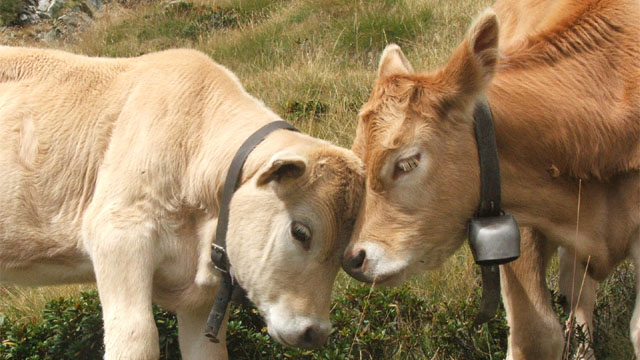
Everyone knows about how genetics is changing how we look at and treat human disease. But what may be less appreciated is what it can tell us about human history.
From studying human genetics, we know that all humans started out in Africa. We also know that early humans interbred with Neanderthals and Denisovans before wiping them out. Now a new study looking at cow DNA is teaching us about our agricultural history.
Scientists compared DNA from 8,000 year old cow bones to 20 or so different modern cow breeds from all over the world. When they plugged their data into various computer models, the one that made the most sense had modern cows coming from about 80 wild founders around 10,000 years ago.
Not only does this help explain why cows all look so much alike, it also tells us that our ancestors only managed to domesticate cows once. This is despite the fact that ancient, wild cows (called aurochs) were wandering all over Africa, Asia, and Europe at the time.
The obvious conclusion is that domesticating a cow is really hard. And this makes sense if you think about the animals.
